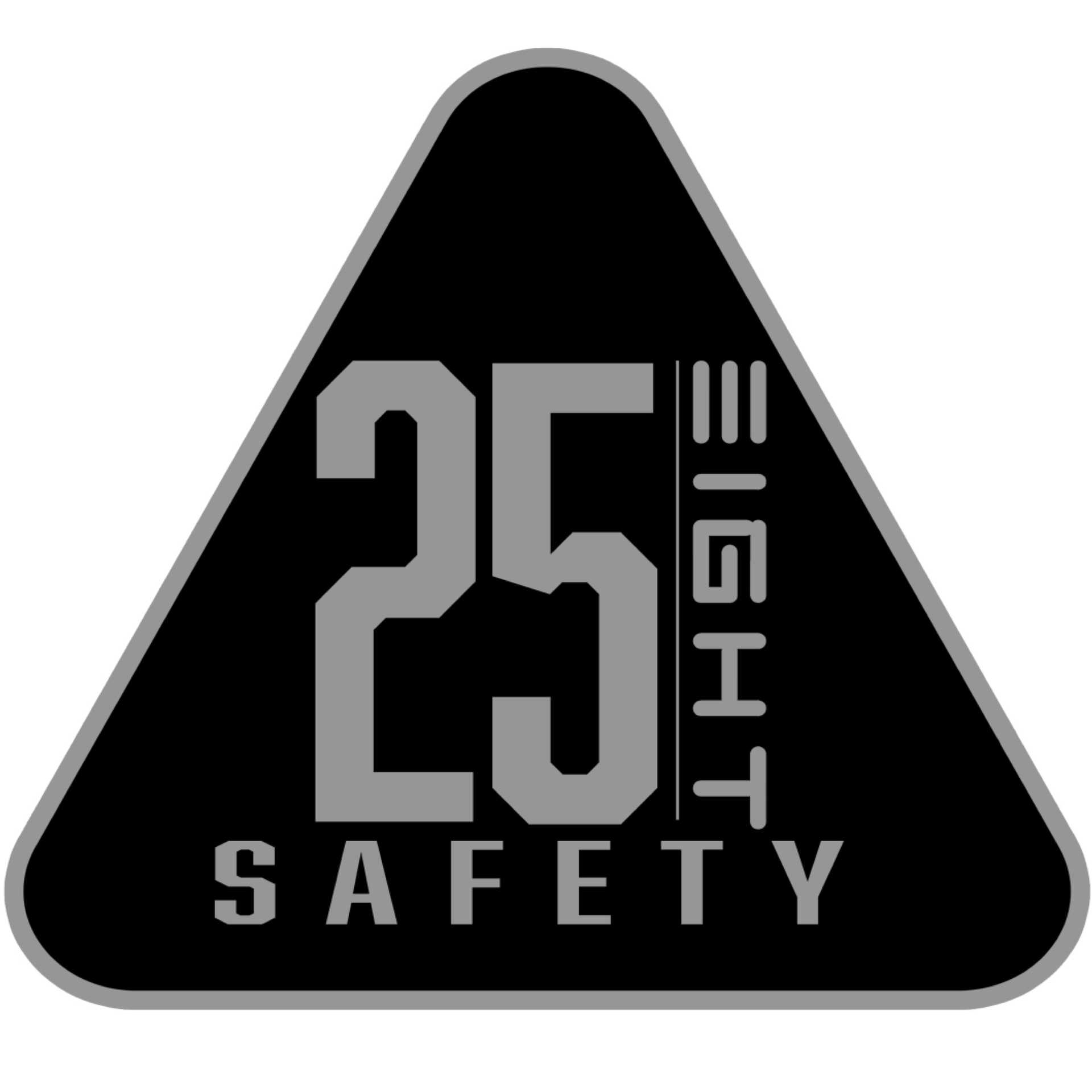The 2018 Oklahoma Rig Explosion: A Safety Audit Guide to Preventing Catastrophic Failure
Imagine a routine drilling operation suddenly erupting into a fiery inferno—workers trapped, alarms silenced, and safety protocols ignored until it’s too late. This was the reality at the Pryor Trust gas well in Oklahoma, where five lives were lost in a disaster investigators called “completely preventable.” Let’s dissect this tragedy through the lens of safety management and uncover actionable lessons for oil and gas professionals.
Case Study: The Pryor Trust Well Blowout
On January 22, 2018, a gas well blowout at the Pryor Trust site ignited a massive fire, killing five workers and melting the rig. The U.S. Chemical Safety Board (CSB) investigation revealed a cascade of failures:
The sequence of events: Gas influx unnoticed: Over 14 hours, gas entered the wellbore during underbalanced drilling and tripping operations. Alarms silenced: Critical safety alarms were disabled due to “nuisance alerts,” leaving workers unaware of danger. Failed barriers: Both the primary barrier (hydrostatic pressure from drilling mud) and secondary barrier (human detection of gas influx) collapsed. No escape routes: The driller’s cabin had only two exits, both blocked by flames.
Key failures identified:
- No flow checks performed to detect gas in the well.
- Poor tripping practices allowed gas to accumulate.
- Inadequate emergency evacuation plans.
- Lack of federal regulations for onshore drilling safety.
The Safety Audit Guide: Lessons from Failure
This tragedy underscores why rigorous safety audits and training are non-negotiable. Here’s what went wrong—and how to prevent it:
1. Never Bypass Safety Systems
-
Alarm management: Workers disabled alarms to avoid disruptions, a fatal mistake.
- Solution: Implement alarm rationalization programs to reduce “nuisance” alerts while preserving critical warnings.
- Barrier integrity: Regular audits should verify redundant safety systems (e.g., blowout preventers, pressure monitoring).
2. Prioritize Well Control Training
-
The crew failed to recognize signs of a gas influx, including a 107-barrel mud gain.
- Lesson: Train teams to interpret early warning signs and perform mandatory flow checks during tripping.
3. Design for Emergency Evacuation
-
Workers were trapped in the driller’s cabin due to blocked exits.
- Action: Audit rig designs to ensure multiple escape routes and fire-resistant structures.
4. Close Regulatory Gaps
-
No OSHA standards specifically govern onshore drilling safety.
- Recommendation: Adopt API/ISO standards for alarm systems and automated well control.
Checklist: Critical Audit Points for Well Control Safety
Use this list to identify risks during your next safety audit:
- Verify alarm systems are active and configured to critical parameters.
- Confirm flow checks are performed during tripping and drilling.
- Inspect blowout preventers (BOPs) for functionality and maintenance logs.
- Review emergency evacuation plans and rig layout.
- Validate well control training records for all personnel.
Could Automation Have Prevented This Disaster?
The CSB urged adoption of automated well control systems to detect kicks and shut in wells automatically. For example:
- Sensors to monitor flow rates and gas levels.
- Automated BOP activation during influx detection.
“Had such systems been in place, the Pryor Trust blowout might never have occurred.”47
FAQ: Answering Tough Questions
Q: How often should safety audits review alarm systems?
A: Quarterly audits for high-risk sites, with real-time monitoring for critical alarms.
Q: What’s the #1 oversight in well control training?
A: Failing to simulate high-pressure scenarios and emergency shutdowns.
Q: Are onshore drilling sites less regulated than offshore?
A: Yes. Offshore rigs follow stricter federal guidelines—onshore operations often rely on outdated state laws.
Engage with Us: Have You Faced Similar Gaps?
What’s your biggest challenge in maintaining well control barriers? Share your experience below—we’ll feature expert solutions in a follow-up post!
A Call for Industry-Wide Change
The Pryor Trust disaster wasn’t just a failure of equipment—it was a failure of systems. At 258 Safety, we advocate for:
- Proactive safety audits to identify procedural gaps.
- Advanced well control training tailored to real-world scenarios.
- Investment in automation to backstop human error.
Need a partner to strengthen your safety protocols? Contact 258 Safety today for a site assessment or customized training program.

